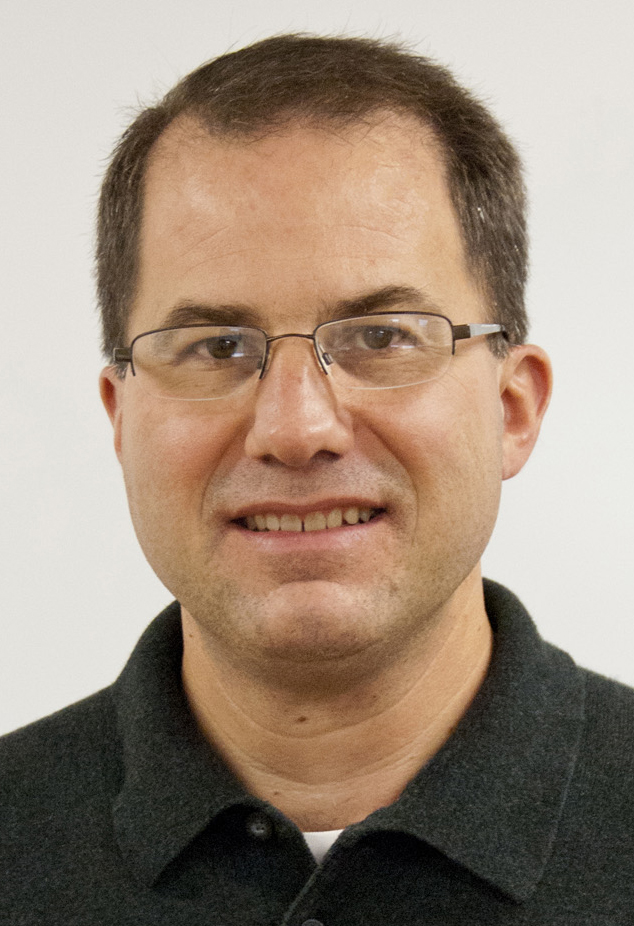[Español]
ELKHART, Ind. (Mennonite Church USA)—The Mennonite Church USA Executive Board (EB) is releasing reports written by Dr. Conrad Kanagy, professor of sociology at Elizabethtown (Pa.) College, highlighting findings from a recent survey of credentialed leaders commissioned by the board.
The survey included questions about benefits ranging from affiliation with Mennonite Church USA to denominational, conference and agency services; beliefs about inclusion of lesbian, gay, bisexual, transgender or queer (LGBTQ) individuals as members of congregations or in leadership roles; and alternative organizational arrangements for the denomination.
“We have appreciated Professor Conrad Kanagy’s hard work, full collaboration and professional objectivity as he assisted us both in designing the survey instrument and interpreting the data,” wrote Ervin Stutzman, executive director of Mennonite Church USA, and Elizabeth Soto Albrecht, moderator, in an e-mail to survey respondents on Dec. 17, 2014, with the survey results.
The survey—sent to approximately 2,000 credentialed leaders in August 2014—drew 1,323 responses, a 66.2 percent response rate. Of these respondents, 799 (60.4 percent) served in congregational assignments, 310 (23.4 percent) in other assignments, and 214 (16.2 percent) were retired. Leaders with congregational assignments were invited to complete the entire survey; those with other assignments and who were retired completed those parts of the survey most relevant to their status.
Kanagy also directed a survey of credentialed Mennonite Church USA leaders in 2006; the responses to that survey provided some historical content for the current one.
Kanagy’s report suggests that correlations exist between age, gender, area of residence and education level and one’s attitudes about LGBTQ inclusion. He also organized the 21 area conferences into three groups depending on their views of inclusion of LGBTQ persons as congregational members. These three groups differ from one another in age, sex, area of residence and educational level, he writes.
Survey respondents also reflected on hopeful ways in which they have seen God at work across Mennonite Church USA. Many respondents expressed gratitude for the ways their church has been a supportive community; strong youth groups and young adult church involvement; and opportunities for outreach and engagement both locally and around the world.
“While the [survey] results reflect the tenuousness and fragility of Mennonite Church USA as well as the fissures within the denomination, they also reveal congregations actively pursuing God’s purposes, experiencing God’s presence, and influencing the communities around them,” wrote Kanagy in his conclusion. “Despite disruption and uncertainty at area conference and denominational levels, the ministry and mission of the local church continue.”
Stutzman and Soto Albrecht invited survey respondents “to pray and ponder on the meaning of [the survey results] for our national church.”
“Do not dwell on the negative,” they wrote. “Rather, stand back and try to comprehend the larger picture—the canvas on which this portrait is painted—the historical context for today and tomorrow.”
An ad hoc committee appointed in September 2014 by the EB to explore possible options for restructuring the denomination will draw on the survey results in their work, in addition to counsel received from the Constituency Leaders Council in October 2014 and the results of a survey of Mennonite Church USA delegates to be conducted in early 2015.
The ad hoc committee is looking for ways to enhance the ministries and missions that congregations and area conferences are able to do better together as a national church, and to find ways to celebrate members’ shared commitments to “Jesus as the center of our faith, community as the center of our lives and reconciliation as the center of our work” (from Palmer Becker, found in the Purposeful Plan). The committee plans to bring an action to the Delegate Assembly at Kansas City 2015 (June 30–July 5).
“Professor Kanagy reminds us that the survey paints a picture of ‘what is,’” noted Stutzman and Soto Albrecht. “As such, it can inform us to make better decisions as we prepare for the biennial assembly at Kansas City 2015. Yet it is not a determining factor; decision-making power lies in the delegate body of the national church in full session, not in the survey data.”
The full text of Kanagy’s report, an executive summary and an appendix containing tables of data are available online in English and Spanish.
###
—Mennonite Church USA staff


